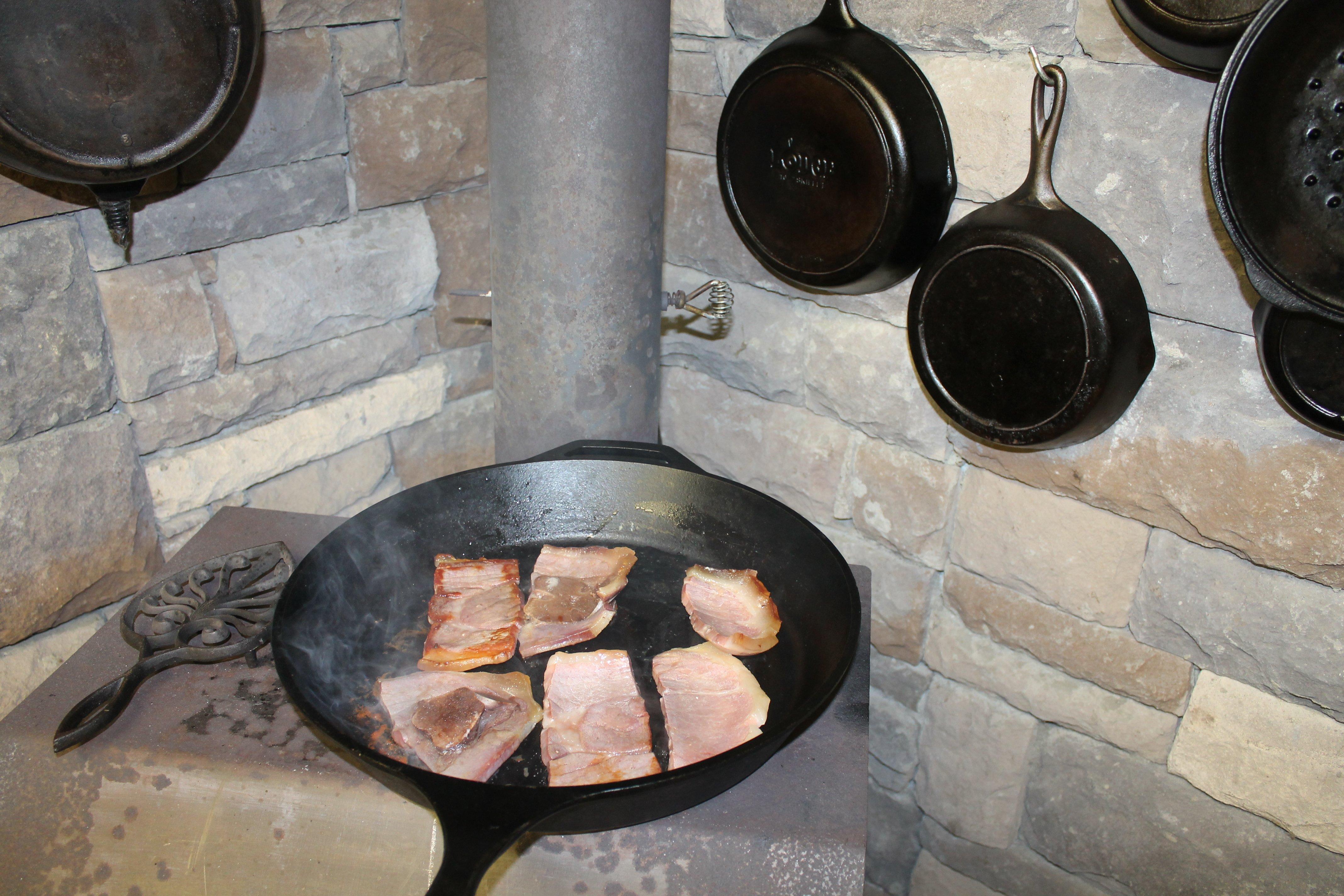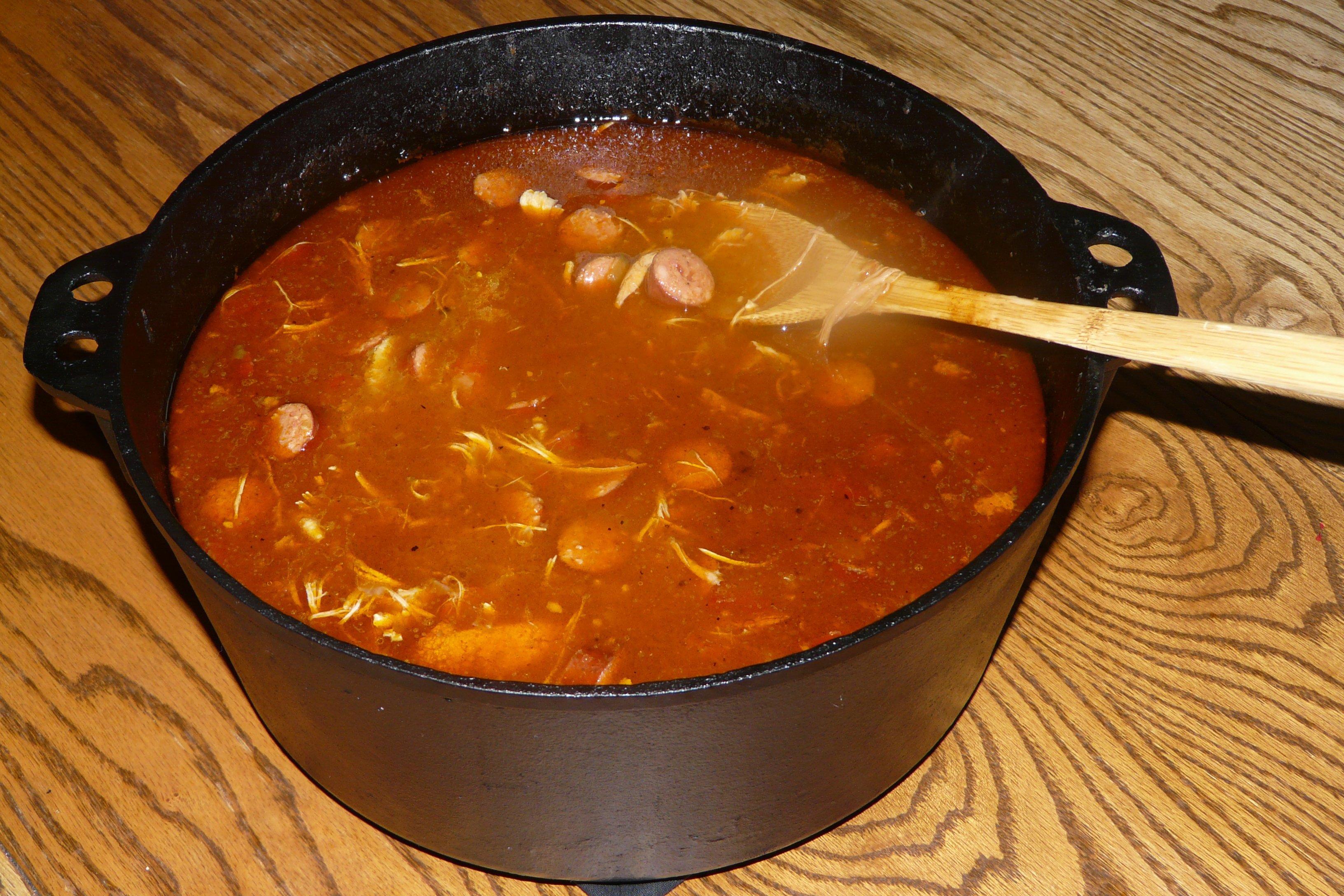Cast Iron, the Versatile Choice for Cookware
Equally at home in the kitchen or at your hunting camp, the cast iron skillet may just be the most versatile piece of cooking equipment you can own. With a minimum of care, a quality cast iron piece like those manufactured by Lodge in South Pittsburg, Tenn., will still be useful generations from now. Why should every cook own at least one or two cast iron pans? And how do you take care of them? Here is a short list of tips to help get the most from your cast iron.
1. Seasoning: Seasoning cast iron, the art of applying a thin layer of fat to the surface of cast iron cookware then heating the pan so that it absorbs the oil to form a nonstick layer, used to be a long and drawn out process required with new cast iron pots and pans. Not anymore, according to Mark Kelly, PR and advertising manager for Lodge, since 2002 their cookware comes pre-seasoned from the factory.
"All you have to do is give the piece a quick rinse with warm water and dry with a paper towel. Next, give the pan a quick wipe with a bit of olive or vegetable oil to lightly coat the surface, says Kelly. With each additional cook, that nonstick coating will take on a darker color and become slicker and slicker. When a cast iron pan is perfectly seasoned, a fried egg will slide around the skillet as well as any modern nonstick surface on the market.
2. Cleaning: Cast iron sometimes gets a bad rap as being hard to clean. That couldn't be further from the truth. A simple rinse under hot water while the pan is still warm and a pass with a stiff bristle brush will do the trick most of the time. If the crud is a bit too thick for the brush, try tossing a handful of Kosher salt into the pan and scrubbing it around with a dish rag. The salt acts as an abrasive and helps remove the cooked-on bits without damaging the pan's surface. For years, the practice of cleaning a seasoned skillet with soap was considered taboo, but according to Kelly, a bit of mild dish detergent is fine, but, whatever you do, avoid putting cast iron in the dishwasher.
Once my skillet or pot is clean, I like to set it back on a warm burner to dry. After all of the moisture is gone, I wipe it down with a bit of vegetable oil on a paper towel, and then the pan goes back onto the rack or in the cabinet.
3. Restoring an old piece of cast iron: Estate sales, antique stores, junk dealers and yard sales are great places to find old cast iron pans for next to no cost. Often, these pieces are collectable or particularly interesting because they are no longer manufactured. Don't let a caked on, crusted exterior keep you from buying a piece. Nearly all of the crud can be taken off by a variety of methods. Kelly says Lodge recommends letting the piece rest in a small campfire to burn off the heaviest deposits. Be careful, a large, roaring campfire can reach temperatures of 1200 degrees, hot enough to warp or crack the pan or mess up the tempering of the metal. If you use this method, build a small fire and don't leave the piece in for too long a time. Placing the pan on the center rack of an oven and running the self-clean function will also bake off any extra crust and is also safer for the pan, but be warned that an open window and a fan might be needed to help expel a bit of smoke.
Once you have the pan back down to bare metal, re-season by placing the piece, upside down on the rack of your oven. Heat oven to a temperature of 200 degrees and let the pan heat for 30 minutes. Remove the pan and wipe down both the exterior and interior with a thin layer of Crisco, coconut oil or any of the commercially available seasoning blends. Place the pan, again upside down, onto the rack of your oven and turn the heat up to 300 degrees. After 15 minutes, remove the pan and wipe away any surface oil that may have pooled. Be sure to use a clean, lint free cloth so that no lint residue is transferred to the pan. Return the pan to the oven and turn the heat up to 400. Let the piece bake for 2 hours and then turn off the heat and let the pan cool completely in the oven. This process can be repeated if you desire a darker finish and more sheen on your pan.
4. What can you do with cast iron? Everything. Sear steaks, pan fry chicken or venison backstrap, roast a pheasant or a duck, cook a pot of gumbo or jambalaya, make a pot roast or even a fruit cobbler for dessert. You can use a cast iron pan on a stove top, on a campfire or in the oven. Want to make biscuits at deer camp? Get yourself a cast iron dutch oven and place a few coals underneath and a few on the lid. With practice, you can control the baking temperature as closely as any modern day oven. One of my favorite pieces is a Lodge 15-inch skillet. I can place it over the campfire coals and cook an entire breakfast in one pan. Back in the kitchen, I can place it on the extra-large burner of the range and fry a family-sized batch of chicken at once or make a paella to feed a party. Although you might want to avoid tomato or other acidic foods in a brand new skillet, a well-seasoned old pan will handle them with ease.
5. Health reasons: More and more people are voicing concerns over possible health risks related to modern nonstick coatings on cookware. Cast iron isn't coated with anything and is a healthy way to cook. Mark Kelly says that cooking in cast iron is even good for you. A small dose of dietary iron is imparted into the food when it is cooked in cast iron. In fact, some physicians prescribe cast iron cookware for their patients with anemia.








